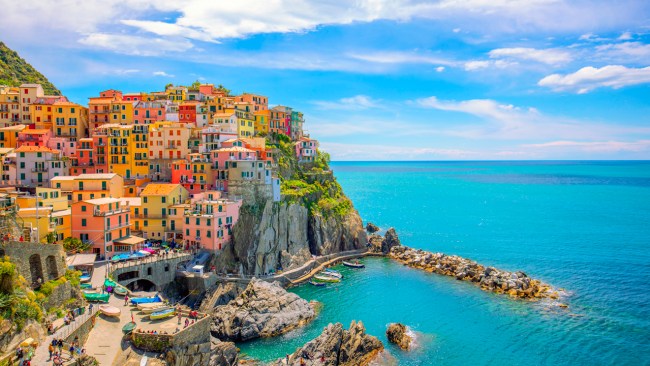
Is there a particular itinerary you’d recommend for first-timers?
I’m going to start by telling you what I don’t recommend: booking a months-long grand voyage which takes in multiple continents and seas. If you’re not sold on the idea of cruising (or perhaps you have a history of sea sickness), consider starting with a sampler cruise, which is essentially a cruise (usually two or three nights) to nowhere, the vessel simply cruising slowly along the coastline and returning to its embarkation port. Royal Caribbean, for example, offers two-night sampler cruises on board Quantum of the Seas, for example, from $428 per person.
If you’re a little more open to the idea of a “cruising holiday”, a week-long voyage with minimal back-to-back sea days can make for a great first cruise. Princess Cruises’ seven-day Southern Australia Explorer (priced from $1604) departs – and returns to – Melbourne, and visits Phillip Island, Adelaide, Port Lincoln and Kangaroo Island, with two sea days spaced out between the ports.











